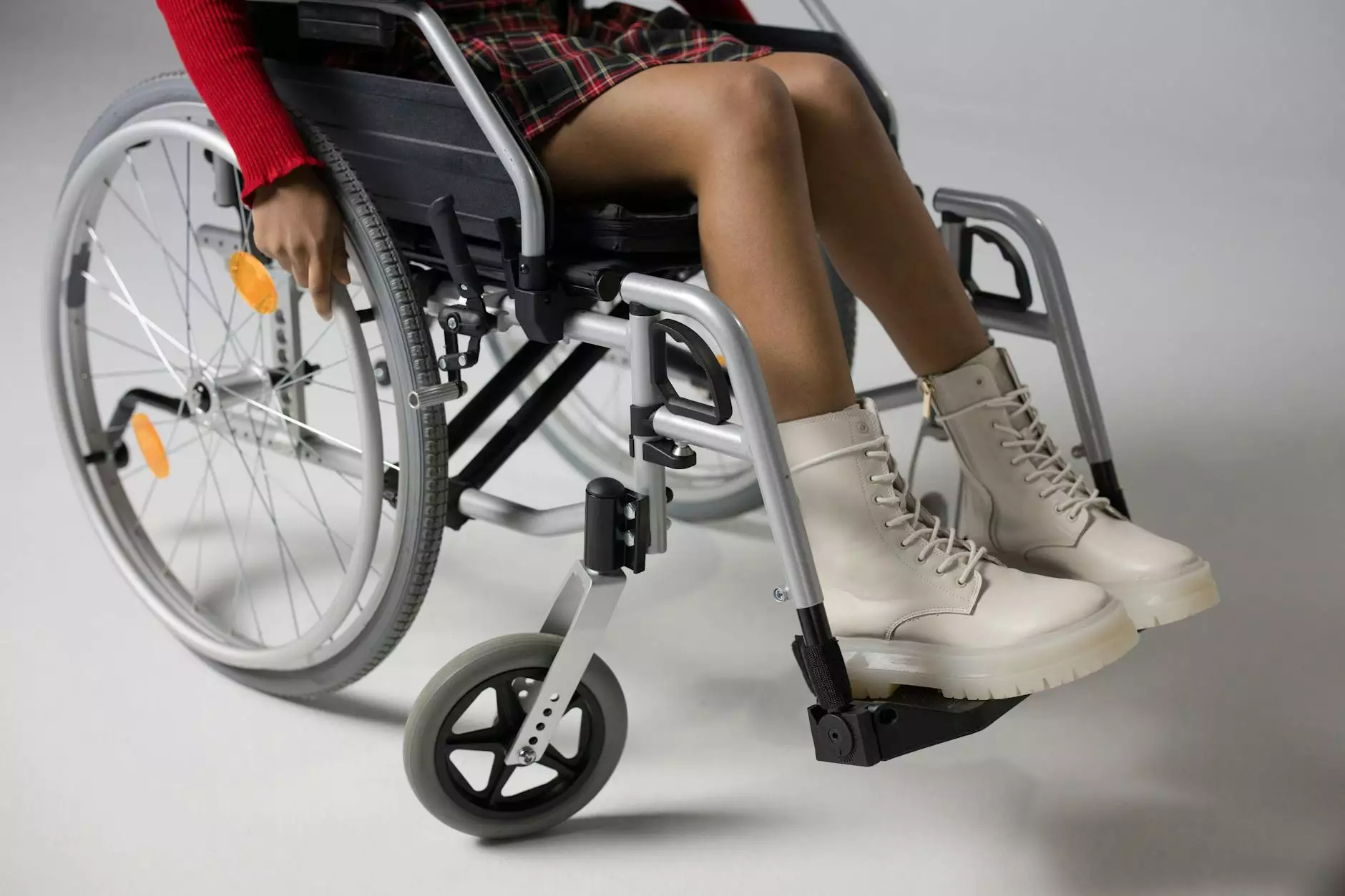Understanding Blood Clots in Your Calf: Symptoms and Solutions

When it comes to vascular health, one of the most concerning issues many individuals face is the formation of blood clots. Specifically, understanding what a blood clot in your calf feels like can be crucial for timely intervention. Blood clots can lead to serious complications if not identified and treated promptly, making awareness essential.
What Is a Blood Clot?
A blood clot, or thrombus, is a solid mass of blood that can develop in a vein or artery. They form naturally to help prevent excessive bleeding when we injure ourselves, but sometimes, clots can form without any injury, particularly in the legs. This can happen for various reasons, including prolonged immobility, dehydration, or underlying medical conditions.
Common Symptoms of Blood Clots in the Calf
Recognizing symptoms early can mean the difference between minor treatment and potentially life-threatening complications. Here are the most notable signs and symptoms that signify a blood clot in your calf:
- Pain or Tenderness: This is often the first symptom. The pain may feel similar to cramping or soreness and may worsen when you flex your foot.
- Swelling: You may notice swelling in just one leg. This swelling can develop rapidly and may be accompanied by tenderness in the affected area.
- Red or Discolored Skin: The skin over the area of the clot may appear red or have an unusual discoloration.
- Warmth: The affected area might feel warmer to the touch compared to surrounding areas.
- Cramping: Particularly in the affected calf muscle, cramping sensations can be an early sign.
Deep Vein Thrombosis (DVT)
The condition primarily associated with blood clots in the calf is called Deep Vein Thrombosis (DVT). DVT occurs when a blood clot forms in a deep vein, often in the legs. This condition poses serious health risks, as clots can detach and travel to the lungs, leading to a pulmonary embolism, which is life-threatening.
Risk Factors for DVT
Several factors increase the likelihood of developing a blood clot in your calf:
- Prolonged Inactivity: Long periods of sitting or standing can slow blood flow.
- Pregnancy: Increased pressure in the pelvis can contribute to clot formation.
- Obesity: Excess weight on the body can hinder blood circulation.
- Smoking: This habit can damage blood vessels and affect circulation.
- Certain Medical Conditions: Conditions that affect blood clotting or blood flow, such as cancer or heart disease, increase risk.
How to Diagnose a Blood Clot
If you suspect you have a blood clot, it is crucial to seek medical attention immediately. A healthcare provider will typically use the following methods to diagnose a clot:
- Physical Examination: A doctor will assess the affected leg for swelling, tenderness, and pain.
- Ultrasound: This imaging technique uses sound waves to create images of blood flow in the veins.
- D-dimer Test: A blood test that measures the presence of a substance released when a blood clot breaks up can indicate whether a clot exists.
- Other Imaging Tests: In some cases, more advanced imaging, like CT or MRI, may be necessary to confirm the presence of a clot.
Treatment Options for Blood Clots
Treatment for a blood clot varies based on severity and individual health conditions. Here are common treatment options:
- Anticoagulants: Often referred to as blood thinners, these medications help prevent the clot from growing and reduce the risk of new clots forming.
- Thrombolytics: These are powerful medications that dissolve clots. They are usually used in more severe cases.
- Compression Stockings: These help reduce swelling and prevent post-thrombotic syndrome.
- Surgery: In severe cases, a procedure might be required to remove the clot.
- Monitoring: Regular check-ups may be suggested to monitor healing and prevent complications.
Preventing Blood Clots
The best treatment is often prevention. Here are some effective strategies to reduce the risk of developing blood clots:
- Stay Active: Regular physical activity promotes good circulation.
- Hydrate: Drinking ample water can help maintain good blood flow.
- Avoid Prolonged Inactivity: If your job requires sitting for long periods, make it a point to stand up, stretch, and walk around regularly.
- Wear Compression Garments: Especially during flights or if you sit for long periods, compression socks can be beneficial.
- Consult Your Doctor: If you have risk factors, discuss with your healthcare provider on the best preventive measures.
When to Seek Immediate Medical Attention
Recognizing the signs of a serious condition is critical. If you experience any of the following symptoms, seek medical help immediately:
- Sudden shortness of breath.
- Chest pain.
- Rapid heart rate.
- Fainting or lightheadedness.
Conclusion
Understanding what a blood clot in your calf feels like and recognizing its symptoms can be life-saving. By being informed and proactive, you can take steps to reduce your risk and seek timely treatment if necessary. Remember, your vascular health is critical—don’t hesitate to consult with professionals like those at Truffles Vein Specialists, who are devoted to helping you maintain optimal health.
Further Reading and Resources
The following resources can provide additional information:
- National Center for Biotechnology Information - Deep Vein Thrombosis Overview
- Mayo Clinic - DVT Information
- CDC - Deep Vein Thrombosis Facts



